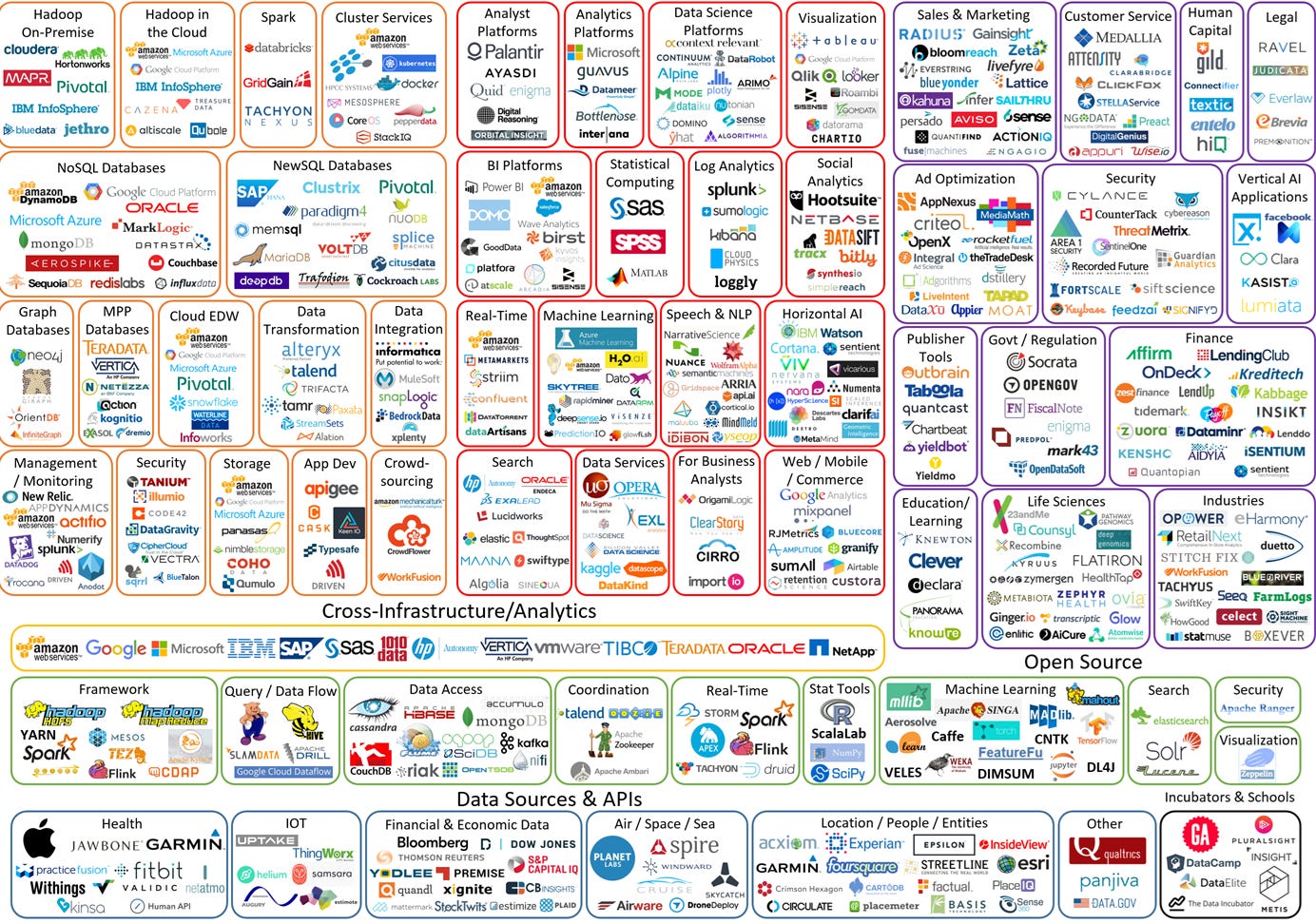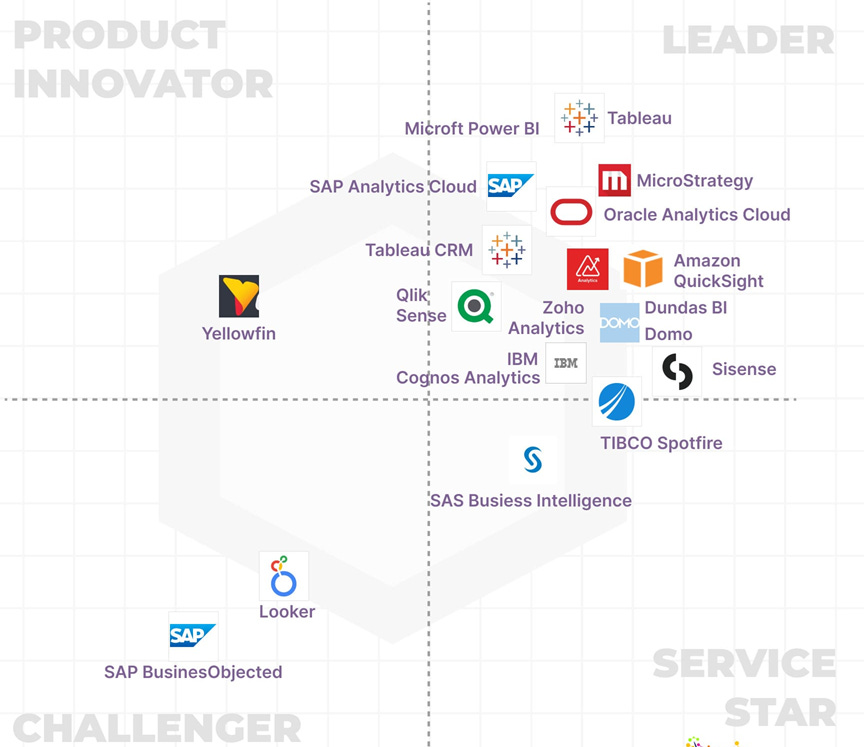The Tool Wars: Is getting Ridiculous
The Most Expensive Mistake Data Teams Make
Hey friends - Happy Tuesday!
There are two moments in my career where technology shifted under my feet, and each time the lesson became clearer: tools are temporary, skills are permanent.
If you have worked in a company, you have probably noticed the same pattern.
Teams love to fight over tools.
One group adopts a new platform because the market promises it will “change everything.”
Another group picks a different tool because it came with better demos and louder hype.
Then the battles begin.
Endless comparison meetings.
Slide decks defending why “our tool” is the future.
Architecture committees arguing over names, logos, and pricing models.
I have been in too many of those rooms.
I cannot even count the hours spent debating:
Talend vs Informatica.
Data Factory or Databricks Workflows.
Tableau vs Power BI.
Azure vs AWS.
So much time wasted proving which tool is better, while the business still waits for value.
I did the same early in my career. I thought a tool decision was a career decision.
Years later, I realized there was a deeper truth hiding underneath all those logos and debates.
A truth I only learned through real transitions, real projects, and real stress.
These stories travel with me everywhere. I want to share them with you here, privately, because they shaped who I became as an engineer, a teacher, and a builder.
Story 1: Data Engineering Tools That Disappeared
I started my career as an ETL developer. Back then, pipelines were still called “ETL jobs,” and my entire identity was tied to one tool: Informatica.
Three years of deep mastery.
Mappings.
Reusable transformations.
Staging layers.
Performance tuning.
I genuinely believed I had built a bulletproof future. I was “the Informatica guy.” Then came the announcement:
“We are moving to Talend.”
All the pride and comfort I had built suddenly felt fragile. I had to start again, learn again, rebuild confidence again.
So I learned Talend. Jobs, contexts, lookups, dependencies. Within a few months, I became fast again. Almost too fast. Because a pattern was forming that I did not yet recognize.
I later joined another company that used IBM DataStage. Another tool to memorize. Another UI. Similar logic hidden under different buttons.
Then the cloud wave arrived.
Azure Data Factory became the star.
Then Databricks Workflows took over.
Each platform came with rebranding, hype, new terminology. Yet every time I opened a pipeline, the same truth appeared:
Only the colors and icons changed.
The engineering never did.
After almost a decade of chasing ETL tools, the realization finally broke through:
Tools rotate every few years.
Concepts remain unchanged.
Every job I built, in every environment, relied on the same core foundations:
Incremental vs. full loads
Orchestrating dependencies
Debugging failures
Reprocessing strategy
Modular and reusable logic
Delivering trusted data at scale
Data quality checks and gates
No company today asks me about my DataStage expertise. Some of the tools I once mastered are not even mentioned on modern résumés.
Yet the skills behind them carried me into every transition with confidence.
I will be honest. Tool expertise has helped me get hired at times. It opened certain doors. However, what helped me grow inside those rooms was never the tool. It was the thinking:
Architecture.
Engineering principles.
Conceptual understanding.
The ability to design for the business.
That is the part of the career that compounds.
Tools fade.
Skills stay.
Thinking scales.
Story 2: BI-Tools That Promised Magic
My first real experience with Business Intelligence was MicroStrategy. Enterprise-level deployments. Complex security roles. Cubes that took hours to build. Even a simple report felt like assembling an airplane. If something broke, only a tiny group of specialists could fix it.
Then came the shift:
IBM Cognos.
New interface. New documentation. New certifications. Yet the same core challenges hiding underneath.
A few years later, the “modern BI revolution” arrived.
Tableau made insights feel effortless. Drag. Drop. Magic.
Then Power BI exploded and suddenly the entire industry was fighting over one question:
“Which one is better: Tableau or Power BI?”
Endless debates. Endless Meetings, Endless comparison videos.
Everyone certain their tool would dominate the future.
It reminded me of the ETL Tools story.
Tools rise. Tools disappear. Another one always comes next.
Believe me: if you know Tableau, you can learn Power BI in two days. And vice versa.
Whether the logo is yellow or blue, the real work behind every useful dashboard never changes:
How is the data modeled
What story must these numbers tell
Which chart fits the question
What decision should this view support
What must be removed to make the insight clear
How to tell story behind data
BI tools are only drawing instruments.
Analytical thinking is the art.
That skill survives every replatforming.
So my Friends…
When I look back at these two stories, a pattern becomes almost painfully clear.
I spent years learning tools that no longer exist.
Not a single one stayed with me.
Yet the thinking behind the work still drives every decision I make today.
Whether I was building pipelines in Informatica or Databricks, designing dashboards in MicroStrategy or Power BI, the real job never changed:
Understand the business.
Model the data properly.
Design simple systems that others can trust.
Communicate clearly.
That is the part of the career that compounds.
That is what makes you valuable in every room you enter.
I want to be very clear about one thing:
Learning tools is not bad.
We all need tools. Tools open the first door.
The danger is when someone builds their entire identity around one platform.
Do not be “the Power BI guy” whose future disappears the moment Power BI does.
Do not be “the Databricks girl” who panics the day another cloud platform arrives.
Be the person who can think, who can adapt, who can design, no matter the logo on the screen.
Thank you for reading and for being here with me in this private space.
Your trust means a lot. I hope this brought clarity to where your energy should truly go next.
We will keep growing together… the right way. ❤️
Baraa
This week we are entering the 𝗺𝗼𝘀𝘁 𝗶𝗺𝗽𝗼𝗿𝘁𝗮𝗻𝘁 chapter in this entire 𝗣𝘆𝘁𝗵𝗼𝗻 𝗗𝗮𝘁𝗮 𝗦𝘁𝗿𝘂𝗰𝘁𝘂𝗿𝗲s series.
𝗟𝗮𝗺𝗯𝗱𝗮 𝗙𝘂𝗻𝗰𝘁𝗶𝗼𝗻𝘀.
This is the technique that separates beginners from true Python 𝗽𝗿𝗼𝗳𝗲𝘀𝘀𝗶𝗼𝗻𝗮𝗹𝘀. Lambda gives you the power to write small, efficient, anonymous functions right inside your code like a pro
Also, here are 3 complete roadmap videos if you’re figuring out where to start:
📌 Data Engineering Roadmap
📌 Data Science Roadmap
📌 Data Analyst Roadmap
Hey friends —
I’m Baraa. I’m an IT professional and YouTuber.
My mission is to share the knowledge I’ve gained over the years and to make working with data easier, fun, and accessible to everyone through courses that are free, simple, and easy!






I hoped to know you from past, every day I learn from you something, thank you baraa
(بارك الله فيك وجزاك الله خيرا )
Thanks for the clarity.